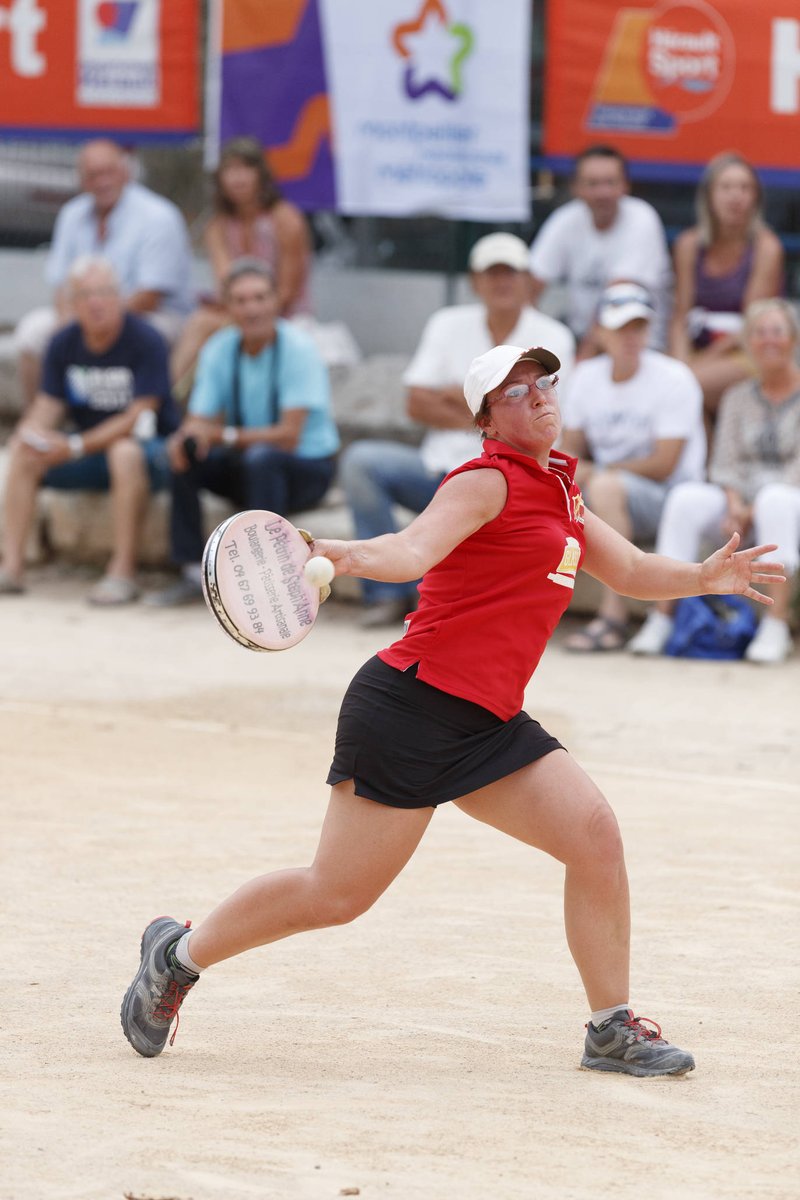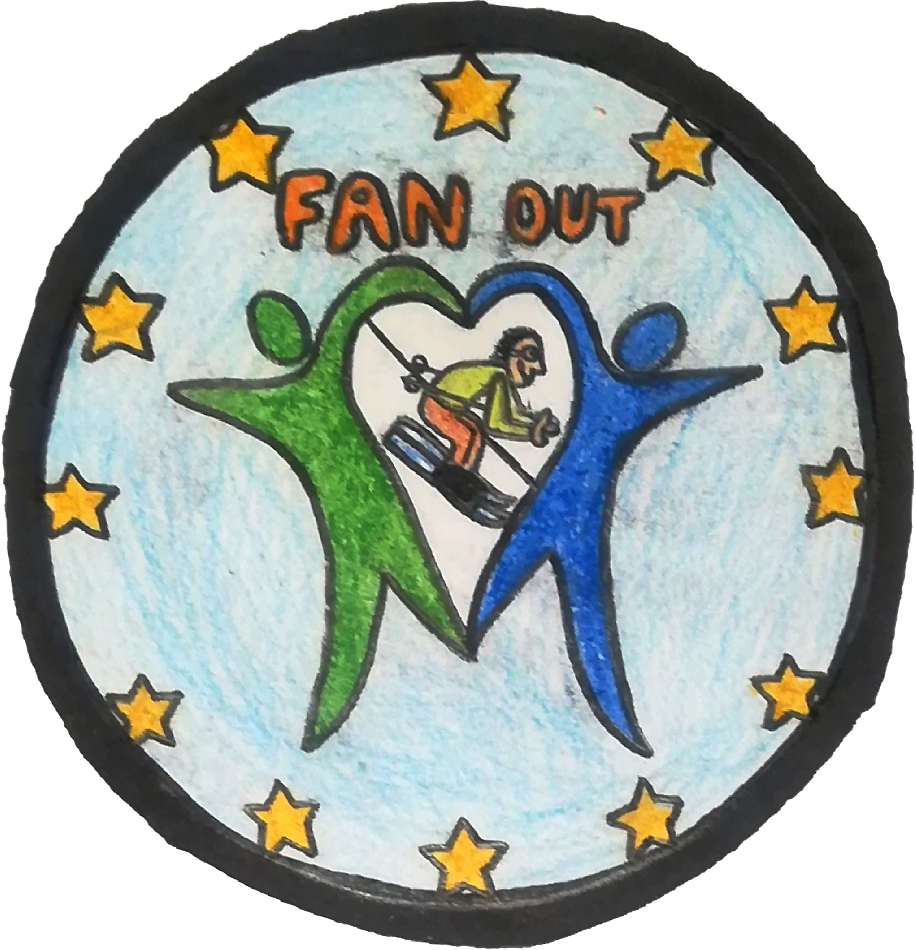TAMBOURIN

MANUAL / STICK GAME

GAME

ALL

TEAMS

CULBS AND FEDERATIONS

PSYCHOLOGICAL SKILLS IMPROVEMENT
Tambourin
How is it played? (Rules)
The games are counted as in tennis (15,30,45 per game) and 16 to 13 games are won according to the category with application of the advantage rule in case of equal to 45.
The boundaries of the terrain are an integral part of the game’s air. The median line is called base, the teams change field to the 3 games. The ball can be hit at the volley or at the first jump. You lose 15 when:
-Le batteur (batter) running the service, on the baseline and enters the game field.
-the ball thrown or re-launched does not pass the midline or leaves the perimeter lines of the ground.
-the ball is forwarded to any part of the body with the exception of the forearm that has the tambourin.
-The ball is played successively by more than one player of the same team.
-a player penetrates the adverse field.
Sport or Game History and origins:
Previously to the games of ball it was played with the hand covered with leather.
In 1861, a Meze cooper produced by the tambourines first circle of wood in which a pig skin was spread, then goat.
Excited by the new instrument, the ball players fall from the bracelets to play with the drums.
To start, they use a stick: a small drum in a long handle felling flexible.
The ball is too heavy against a small rubber ball trade object, the most appropriate.
The game takes the name of the Tambourin game ball.
Submitted by
UNIVERSIDAD SAN JORGE
Objective
Both teams must return the ball by adopting strikes and effects strategies in order to
to score points and win the games. The ball can be recovered either on the fly or after a
rebound. It must remain within the boundaries of the field.
Benefits
Physical: Physical condition improvement (strength, speed, endurance, etc).
Physical: Motor skills improvement (coordination, balance, agility, etc.)
Psychological: Psychological skills improvement (motivation, leadership, group cohesion, concentration, etc.)
Social: Socialization (social relations based on game/sport).
Game’s materials
Two tambourines which measures 28 cm. of diameter (26 for children). For the gameplay Battoir 18 cm. of diameter and prolonged in a sleeve (80 to 100 cm) or the Italian oval Tambourin.
1 rubber ball, weighs 78 grams. 61 mm diameter. For the versions in room and the beginners is lighter.
Is it related to an specific event or festivity ( festivals, religious or pagan celebrations)?
the Tambourine was practiced at parties or during challenges. He was very popular at the beginning of the 20th century, it was played everywhere in the squares of the small villages of Languedoc. Later competitions organized by the village committees were created, they allowed to set up a calendar to organize meetings.
Graphic material:







